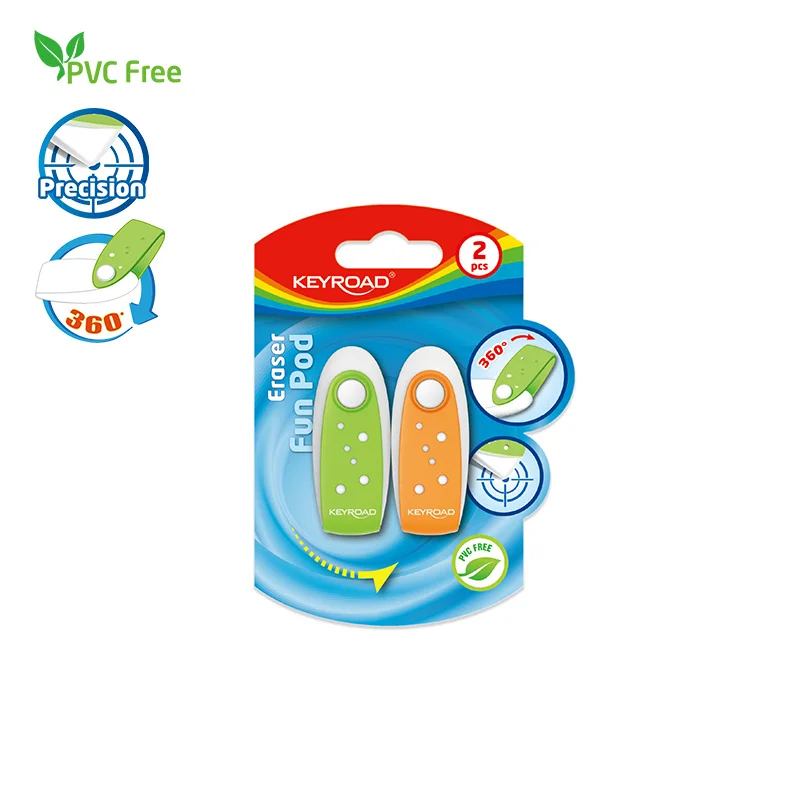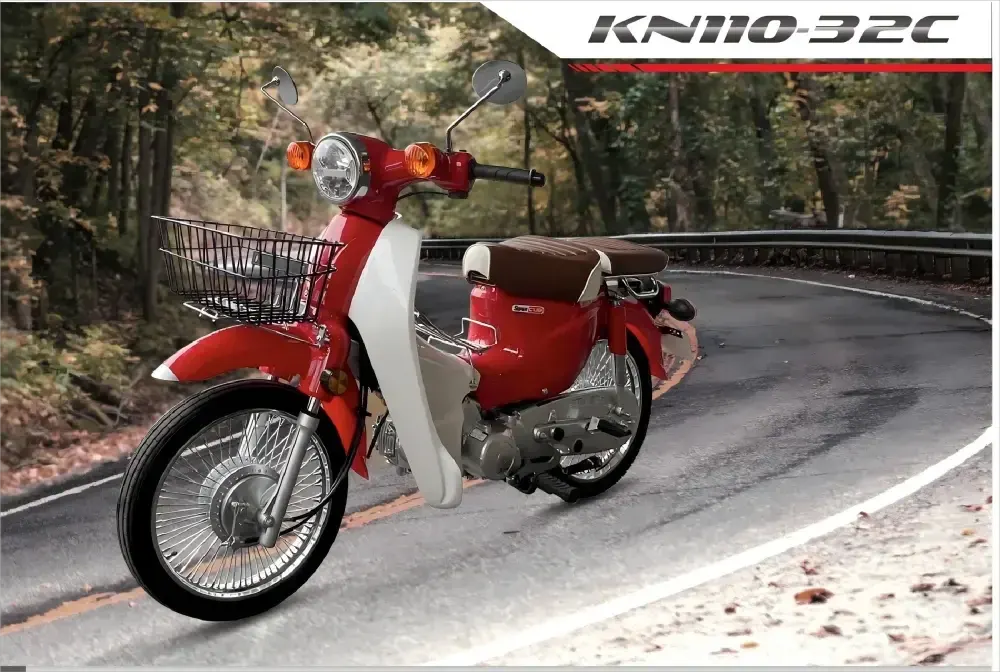Erasers are almost indispensable stationery items for students and office workers alike. Despite their small size, they play a vital role in writing and drawing. People use them to correct text, clean up drawings, and even add details of light and shadow in artistic creations. However, as stationery safety issues have become increasingly important to parents and consumers, a common question arises—are erasers toxic?
This article will comprehensively analyze the safety of erasers from multiple perspectives, including their raw material composition, potential harmful substances, safety differences between different types of erasers, and safe purchasing and usage recommendations.
1. What are the main components of an eraser?
To understand whether erasers are toxic, we must first look at their materials. Different brands and types of erasers have different formulas, but the main components can be broadly categorized as follows:
Natural Rubber
This was the main raw material for early erasers, extracted from the sap of rubber trees. It is soft and has strong erasing power. Natural rubber itself is non-toxic, but it is prone to aging and becoming sticky, and may contain small amounts of sulfides or additives.
Polyvinyl chloride (PVC) The most common material in modern erasers. PVC erasers are soft, durable, and have stable erasing performance. However, plasticizers are added during PVC processing to maintain its softness. Improper use of these chemical additives can pose safety hazards.
Thermoplastic elastomers (TPE) An environmentally friendly material that has emerged in recent years, commonly found in non-toxic, odorless children's erasers. TPE does not contain chlorine and does not require harmful plasticizers, making it considered a safer alternative.
Other ingredients Erasers also contain fillers (such as calcium carbonate), colorants, fragrances, stabilizers, and other additives to improve product performance or appearance.

2. What are the potential harmful substances in erasers?
While most reputable brand erasers are safe, some inferior products may pose potential health risks. The following are some common types of harmful substances: Phthalates Plasticizers These compounds are widely used in PVC products to enhance flexibility. However, some phthalate plasticizers have been shown to have endocrine-disrupting effects, and long-term exposure may affect children's reproductive system and liver and kidney function.
Heavy metals (such as lead, cadmium, and chromium)
To reduce costs or improve coloring, some low-end erasers may use pigments containing heavy metals. These substances can enter the body through skin contact or accidental ingestion, causing chronic poisoning.
Aromatic hydrocarbon solvents or fragrance additives
Some scented or colored erasers may contain aromatic compounds to enhance odor or color brightness. If industrial-grade fragrances or non-food-grade fragrances are used, there is also a risk of respiratory irritation.
Chlorinated organic compound residues
In the production of some PVC erasers, if the dechlorination process is incomplete, trace amounts of organic chlorides may remain, which are environmental pollutants and harmful to children's health.
3. Are reputable erasers safe?
The answer is—most reputable brand erasers are safe.
Currently, there are clear international safety standards for stationery products. For example: The EU EN71 standard applies to toys and children's stationery, limiting the content of heavy metals and phthalates; the US ASTM D4236 standard requires toxicological evaluation of all art and stationery products; and China's GB 21027-2020 "General Safety Requirements for Student Supplies" imposes strict limits on the content of harmful substances, odor, and migration in erasers.
As long as an eraser passes these standard tests and is labeled "Non-toxic," "PVC-free," or "EN71 certified," it can be considered safe under normal use conditions.
4. Why are children's erasers riskier?
There are many types of children's erasers on the market, with cute shapes, bright colors, and even scents, attracting children but also posing a potential risk of accidental ingestion.
Some substandard children's erasers may use cheap plasticizers or non-food-grade fragrances to enhance texture and scent. Children's bodies are not fully developed and their resistance to chemicals is weaker; accidental ingestion or prolonged contact poses a greater risk.
Therefore, when purchasing children's erasers, parents are advised to follow these principles:
Choose reputable brands and purchase from authorized channels;
Check the packaging label for "non-toxic" and "PVC-free" markings;
Avoid erasers with strong fragrances or overly bright colors;
Educate children not to bite, play with, or smell erasers.
5. How to Determine if an Eraser is Safe?
To quickly determine the safety of an eraser, you can refer to the following practical methods:
Check the packaging label
Reputable products will clearly indicate the manufacturer, applicable standards, material composition, and safety certification marks (such as CE, EN71, etc.).
Smell the eraser
If the eraser emits a pungent plastic, ink, or fragrance smell, it may contain inferior plasticizers or organic solvents.
Feel the eraser
A good eraser feels soft but not greasy, and will not easily stick to your hands or leave an oily sheen. Inferior erasers often feel slippery or sticky.
Observe the color and surface
Erasers with overly bright colors or abnormal gloss may contain non-safe pigments.
Check for safety certifications. Choose products labeled "Non-toxic" or "Safety Certified," especially children's products.
6. Safety Precautions for Eraser Use
Besides purchasing safe products, usage methods also affect health and user experience:
Avoid high temperatures and direct sunlight: Erasers soften, release plasticizers, and may even adhere to other objects at high temperatures.
Do not use as toys or decorations: While some creatively shaped erasers are cute, they are not toys and pose a high risk of accidental ingestion.
Replace regularly: Erasers accumulate dust, graphite, and bacteria over time and should be replaced regularly to maintain cleanliness.
Avoid mixing: Mixing erasers with pen leads, ink, correction fluid, and other chemical products may cause surface contamination.
Erase moderately: Excessive friction can damage paper fibers and may also cause the eraser surface to heat up and deform.
7. The Rise of Eco-friendly Erasers: A New Direction for Safety and Sustainability
In recent years, environmental protection has become a new trend in the stationery industry. More and more manufacturers are launching eco-friendly erasers that are "PVC-free," "biodegradable," and "fragrance-free."
These erasers use materials like TPE, EVA, and bio-based resins instead of traditional PVC, maintaining good erasing performance while avoiding the use of toxic plasticizers. Some international brands have even launched recycled rubber eraser series, manufactured using recyclable materials to reduce their carbon footprint.
For consumers who prioritize safety and environmental protection, choosing these erasers is a more ideal option.
8. Conclusion
Erasers from reputable brands undergo rigorous testing and are completely safe to use; however, some inferior products on the market still pose risks, especially scented and colored erasers for children, which should be treated with caution. By remaining vigilant and scientifically discerning when purchasing, erasers can become safe and reliable learning partners, rather than potential health hazards.
Johnshen, as a professional eraser supplier, adheres to the core principles of safety, environmental protection, and high quality, focusing on providing global customers with non-toxic, PVC-free, high-performance erasers that meet international standards. The company has a complete production system and strict quality testing processes, and its products have passed international safety certifications such as EN71 and ASTM D4236, suitable for various scenarios including student use, office work, and art drawing. With its innovative material applications and meticulous process control, Johnshen continuously launches environmentally friendly and creative erasers, which are trusted and praised by customers at home and abroad. It is committed to becoming a trusted eraser manufacturing expert in the global stationery industry.
www.johnshenstationery.com
johnshenstationery

More Stories
Safe, Stylish, and Magical: A Parent’s Guide to Choosing the Perfect Princess Dress Up Costume
From Concept to Brand Impact: How Personalized Tote Bags OEM Redefines Custom Manufacturing
Knitted Fabric Foam Disc: A Professional Choice for Precision Sanding and Polishing